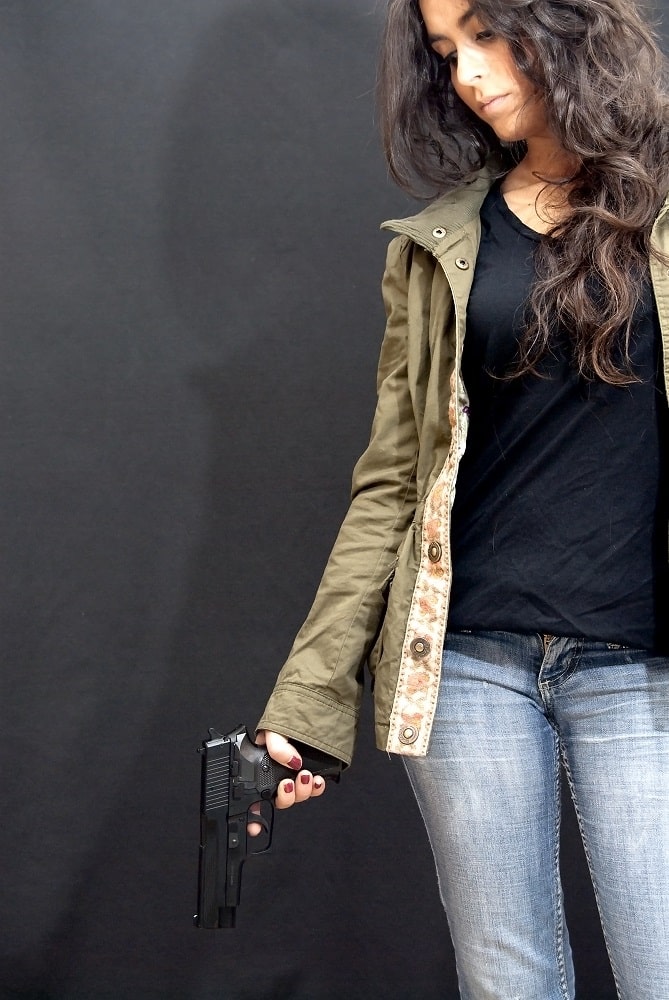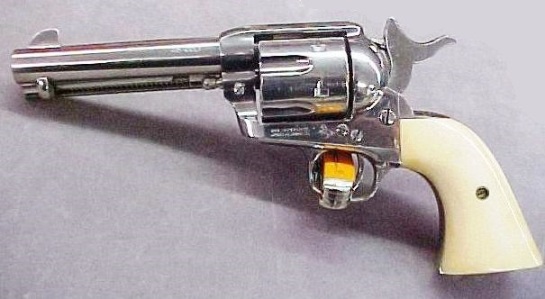
The Choice Between .380 ACP, 9mm, and .45 ACP Depends
"The .380 ACP, 9mm, and .45 ACP are three of the most popular handgun calibers, each with distinct characteristics, applications, and histories."
.380 ACP (Automatic Colt Pistol):
The .380 ACP, also known as 9mm Short or 9mm Browning, was introduced by John Browning in 1908. It's a low-recoil, compact round designed for self-defense. Handguns chambered in .380 ACP are typically small, lightweight, and easily concealable, making them popular for concealed carry. Despite its smaller size, the .380 ACP provides sufficient stopping power for close-range self-defense scenarios. However, its lower velocity and energy compared to larger calibers mean it has less penetration and stopping power, which some critics argue makes it less effective than other options for personal defense.
9mm (9x19mm Parabellum)
The 9mm, developed by Georg Luger in 1901, is one of the most widely used handgun calibers globally. Known for its balance of power, size, and recoil, the 9mm is the standard issue for many military and law enforcement agencies. It offers higher velocity and energy than the .380 ACP, leading to better penetration and stopping power. The 9mm's manageable recoil allows for quicker follow-up shots and improved accuracy, especially for shooters with less experience. Handguns chambered in 9mm are versatile, available in various sizes from compact to full-sized models, making them suitable for both concealed carry and duty use. Ammunition is relatively affordable and widely available, contributing to the 9mm's popularity among civilian shooters.
.45 ACP (Automatic Colt Pistol)
The .45 ACP, designed by John Browning in 1905, is a large-caliber round known for its significant stopping power. With a larger bullet diameter and heavier weight, the .45 ACP delivers substantial energy on impact, making it effective for self-defense and combat situations. The trade-off for its stopping power is increased recoil, which can be challenging for some shooters to manage, potentially affecting accuracy and follow-up shot speed. Handguns chambered in .45 ACP are typically larger and heavier to handle the increased pressure and recoil, making them less suitable for concealed carry compared to smaller calibers. However, the .45 ACP remains a favorite among enthusiasts who prioritize stopping power and reliability over size and capacity.

Key Differences:
- Size and Concealability: The .380 ACP is the smallest and easiest to conceal, followed by the 9mm, with the .45 ACP being the largest and least concealable.
- Recoil and Control: The .380 ACP has the least recoil, making it easier to control, while the 9mm strikes a balance between control and power. The .45 ACP has the most recoil, requiring more skill to manage effectively.
- Stopping Power: The .45 ACP offers the highest stopping power, followed by the 9mm, with the .380 ACP providing the least.
- Ammunition Availability and Cost: The 9mm is the most widely available and cost-effective, while .380 ACP and .45 ACP ammunition tend to be more expensive and less common.
In conclusion, the choice between .380 ACP, 9mm, and .45 ACP depends on the user's priorities, including concealability, recoil management, stopping power, and ammunition availability. Each caliber offers unique advantages, catering to different needs and preferences in the realm of self-defense and shooting sports.








